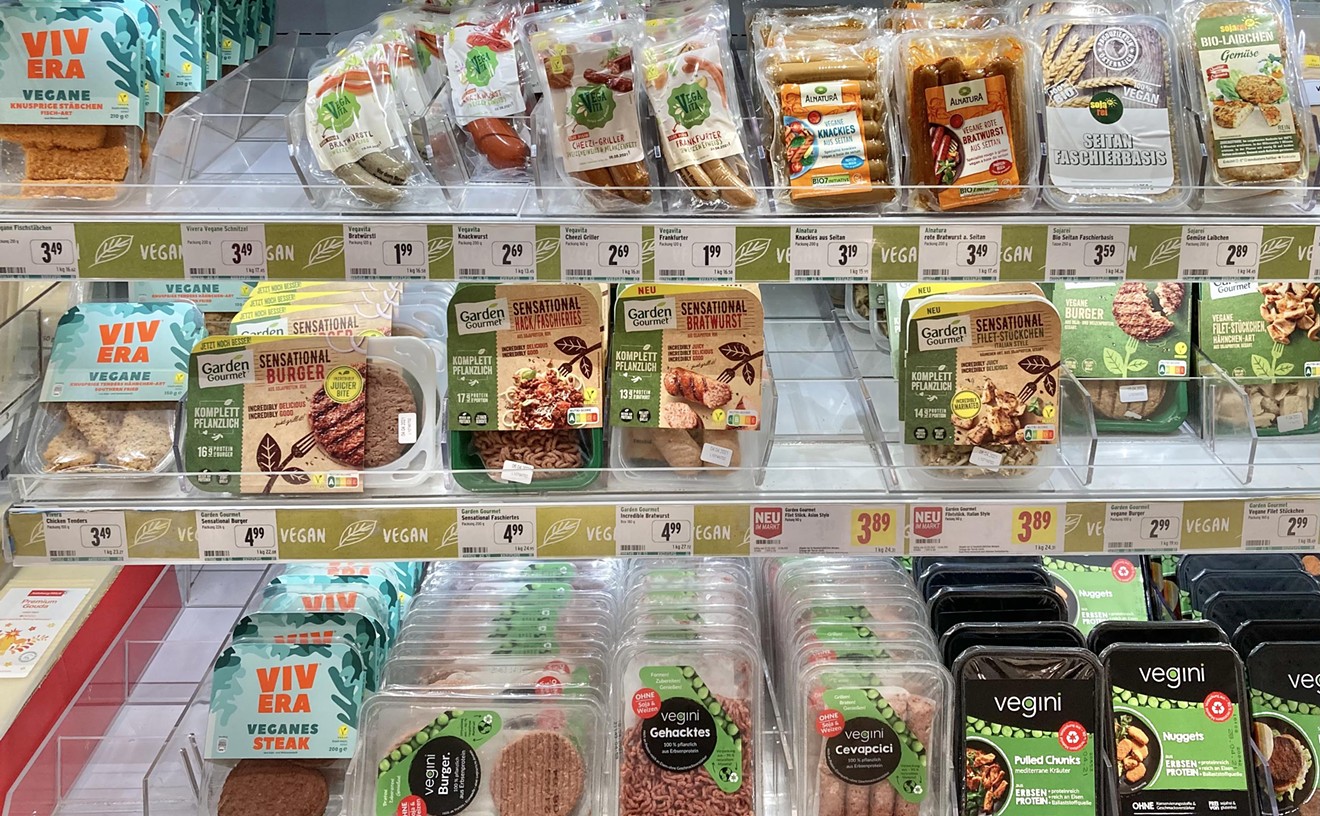Mention the words 'Mexican food' and the descriptors 'rustic' and 'peasant food' as well as 'burrito' and 'killer tacos' may come to most minds. This narrow and pastoral view of Mexican cuisine -- held not only by the average Joe, but by food writers and chefs alike -- is my greatest current frustration, and not only because of my recent breakup with the taco.
The work of Diana Kennedy and Rick Bayless is perhaps responsible for this perception, with the heavy focus on re-creating domestic and mainly rural cookery, rather than professional cuisine. Admittedly, Mexican cuisine may also owe a great debt of gratitude to the pair for its popularity in the United States, but the countless times Bayless has waxed poetic about the importance of the quaint Mariachi-accompanied Mexican fiesta when it comes to enjoying food in everyday life may just result in the creation of a knife-wielding killer taco.
See Also: - -Home Edition of Six-Volume "Modernist Cuisine" Tome in the Works - Dearest Taco, We're Over
Thankfully, Fiona Dunlop -- an Australian-born, English-bred food and travel writer -- wrote Mexican Modern: New Food From Mexico in 2009, with a soon-to-be-released paparback edition, exploring the sophisticated work of 12 leading chefs in Mexico, melding old-style culinary traditions of Mexico in an unabashedly modern way, including a respectful nod to the ubiquitous and tasty street food of Mexico.
The book covers Mexico City's most modern food, Veracruz's seafood-heavy cuisine, Puebla's moles and sweets, Michoacán's heavy Spanish influence, Oaxaca's ancient flavors and use of insects, and the Yucatán's love for fiery habaneros and bitter citrus marinades. Included in the book are recipes that easily could be taken for rustic, with tacos, quesadillas and cemitas (a Puebla-style torta) making the list of 90-plus recipes, items more likely to be consumed at a late-night drive-thru with a name ending in -erto's than a white-tablecloth restaurant). But it also includes golden-skinned fruit and citrus-paired duck recipes in which the influence of French and Asian cuisines, not just Spanish, in Mexico become evident. Delightfully absent from the chefs' recipes are globs of refried beans, though the author does suggest them on occasion.
Dunlop does heavily promote the multicultural and regional aspects of Mexican cuisine, and the continued reinvention of well-known classics by modern Mexican chefs, such as the cochinita pibil, as well as the return to proteins like venison and the continued use of corn not just in tortillas but also in more delicate ways, such as in a fava bean soup with a flavorful base of dried shrimp and fish consommé.
The recipes included are filled with the variety of Mexican chiles in their fresh, dried and smoked forms, but the author is quick to point that not all food in Mexico is of stomach-burning heat intensity and that most aims for a flavorful, balanced, and enjoyable heat. If there is a unifying theme in the many dishes presented in Mexican Modern, both with each other and with Mexico's culinary past, it is in letting the power of the ingredients shine through, rather than a reliance on complicated technique or molecular gastronomy.
The book is beautifully photographed by Jean Blaise Hall, with sumptuous close-ups of crispy-skinned grouper atop gently wilted squash blossoms, perfectly green avocados, and portraits of the contributing chefs at work. The photography does more than make up for the several missteps made in the interpretation of the food, such as the suggestions to use a mixture of sage and Italian oregano to replace the unique flavor of Mexican oregano, the use of young turnips instead of jicama (as apparently jicama is extremely hard to find in an American grocery store) or to use warm pita bread instead of corn chips with guacamole, when the flour tortillas of northern Mexico are slightly scoffed at elsewhere in the book.
This English author may love Mexico and its food but clearly is not familiar with the easy availability of Mexican ingredients in the United States or her American audience's love for corn chips. Indeed, this book does what many other Mexican cookbooks produced by someone just in love with Mexico rather than someone of Mexico: It completely ignores the culinary contribution of the north, though perhaps that is just a chip on the heel of my cowboy boots talking as they take two steps forward and one step back.
As proprietor of Muñeca Mexicana handcrafted food, Minerva Orduño Rincón makes everything from mole poblano to goat milk caramel to spiced (not spicy) cocoa. Find her at a farmers market near you.










